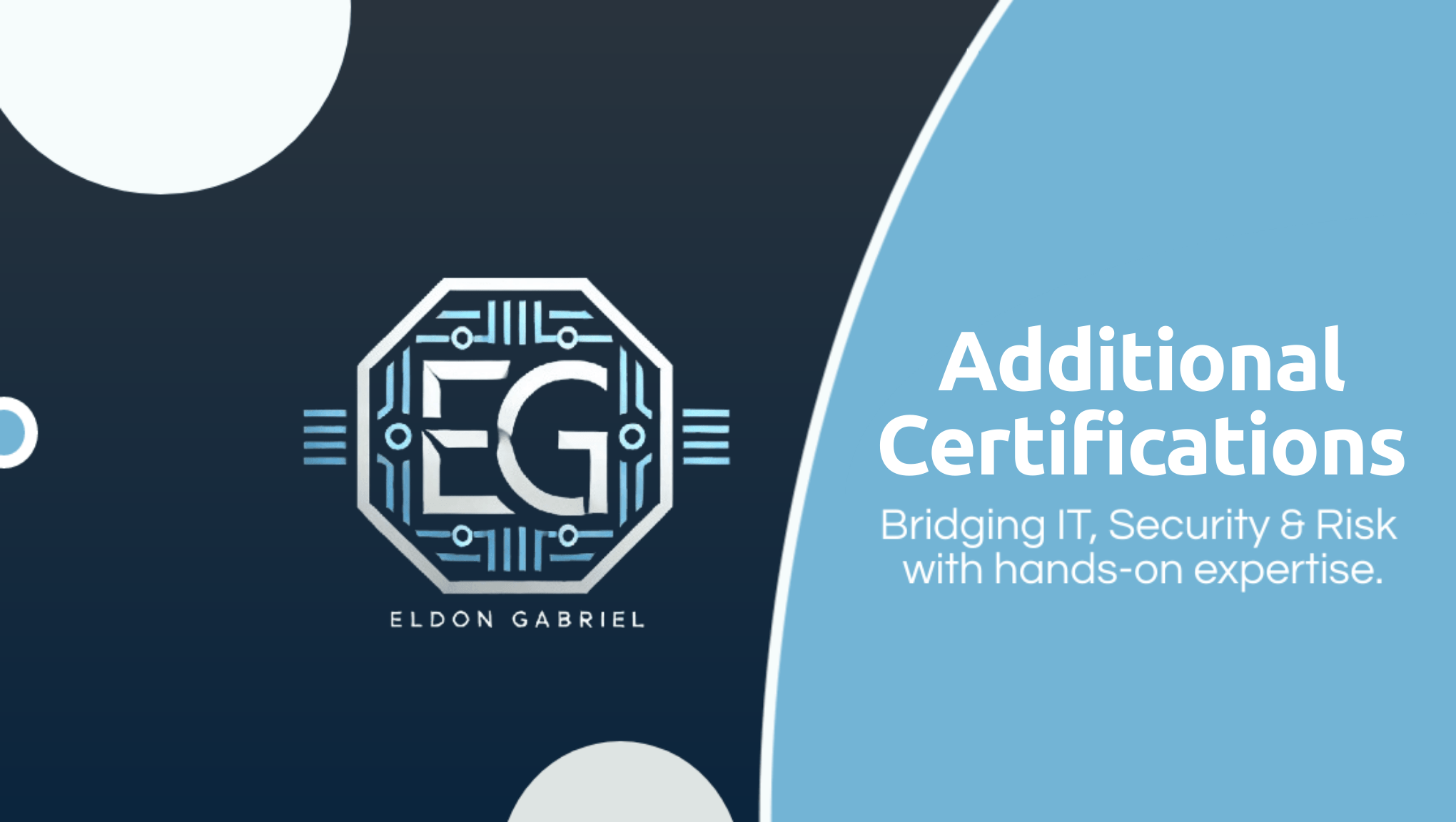My learning journey as a Cybersecurity & IT Operations Technician is grounded in hands-on, practical application. This page serves as a comprehensive record of my verified certifications and more than 100 hands-on labs, showcasing my proficiency in key areas of security operations, system administration, network security and open-source intelligence (OSINT).
Each credential represents a practical exercise and a step toward mastering the skills required to build and defend secure systems. My training and certifications align with industry-recognized frameworks such as the NIST NICE Framework, US Military Occupations (MOS), and the Australian Signals Directorate (ASD) Cyber Skills Framework.
University of Colorado Computer Security and Systems Management Specialization
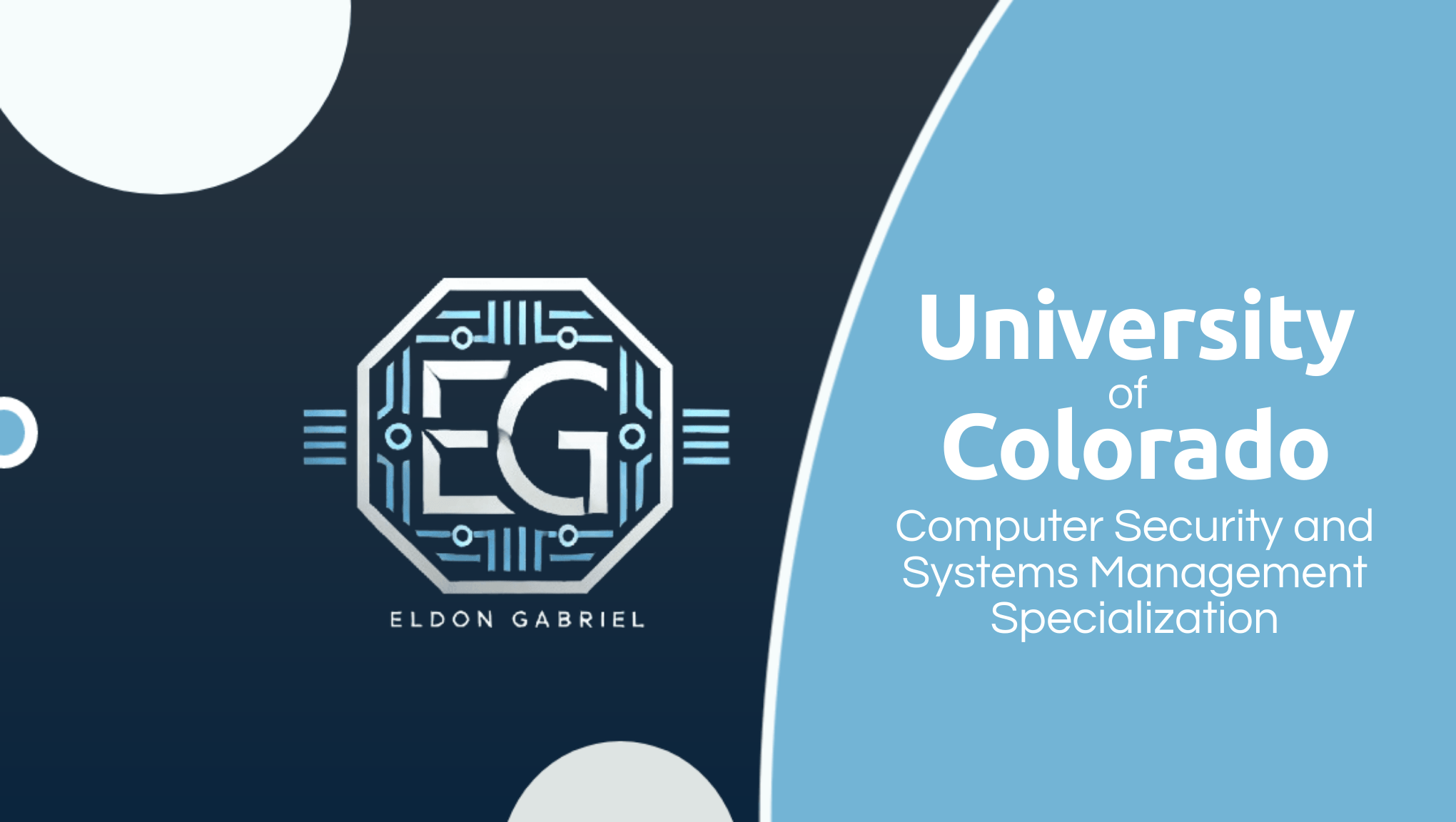
Duke University Decentralized Finance (DeFi)

Google Cybersecurity
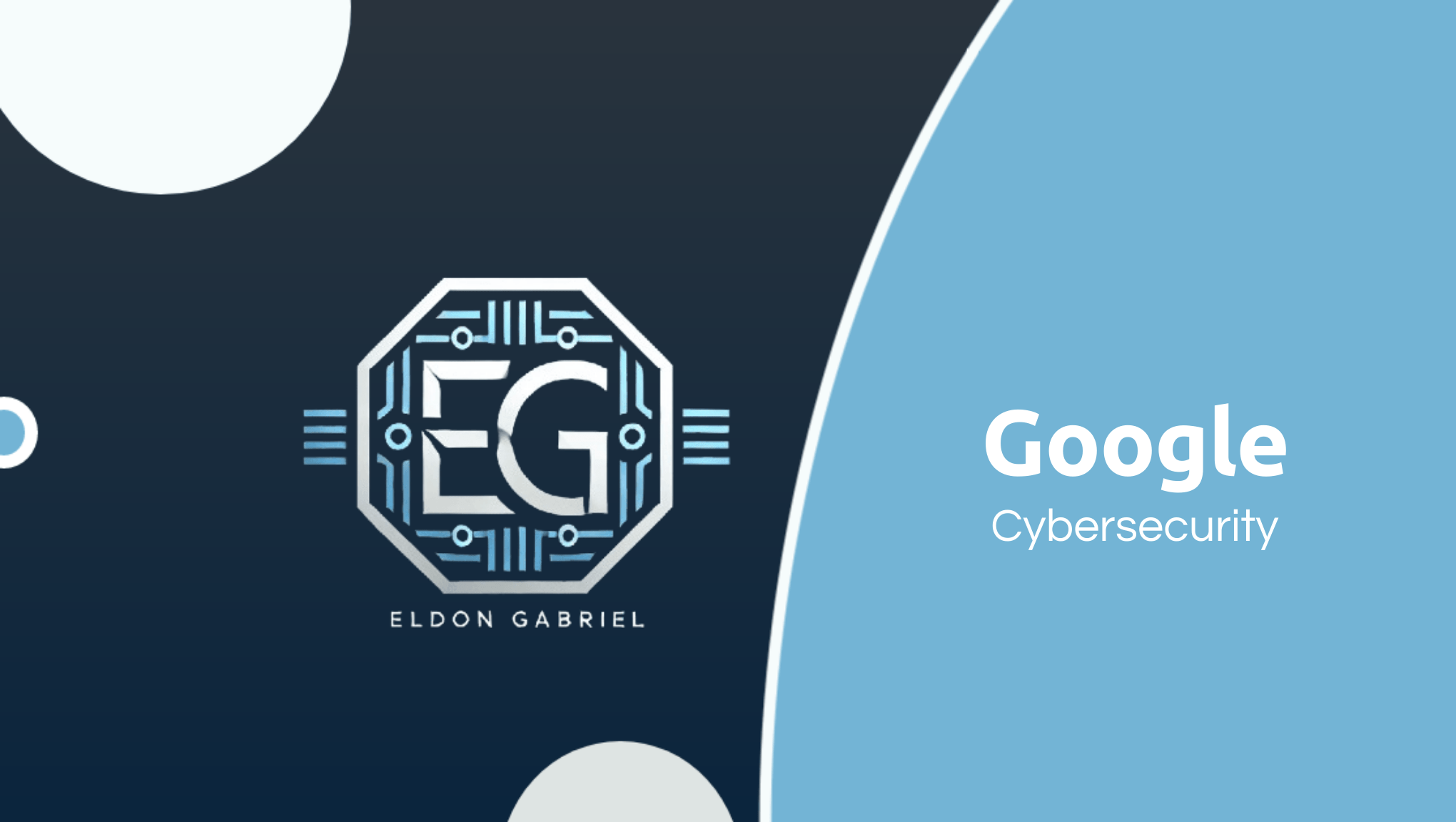
Google IT Support
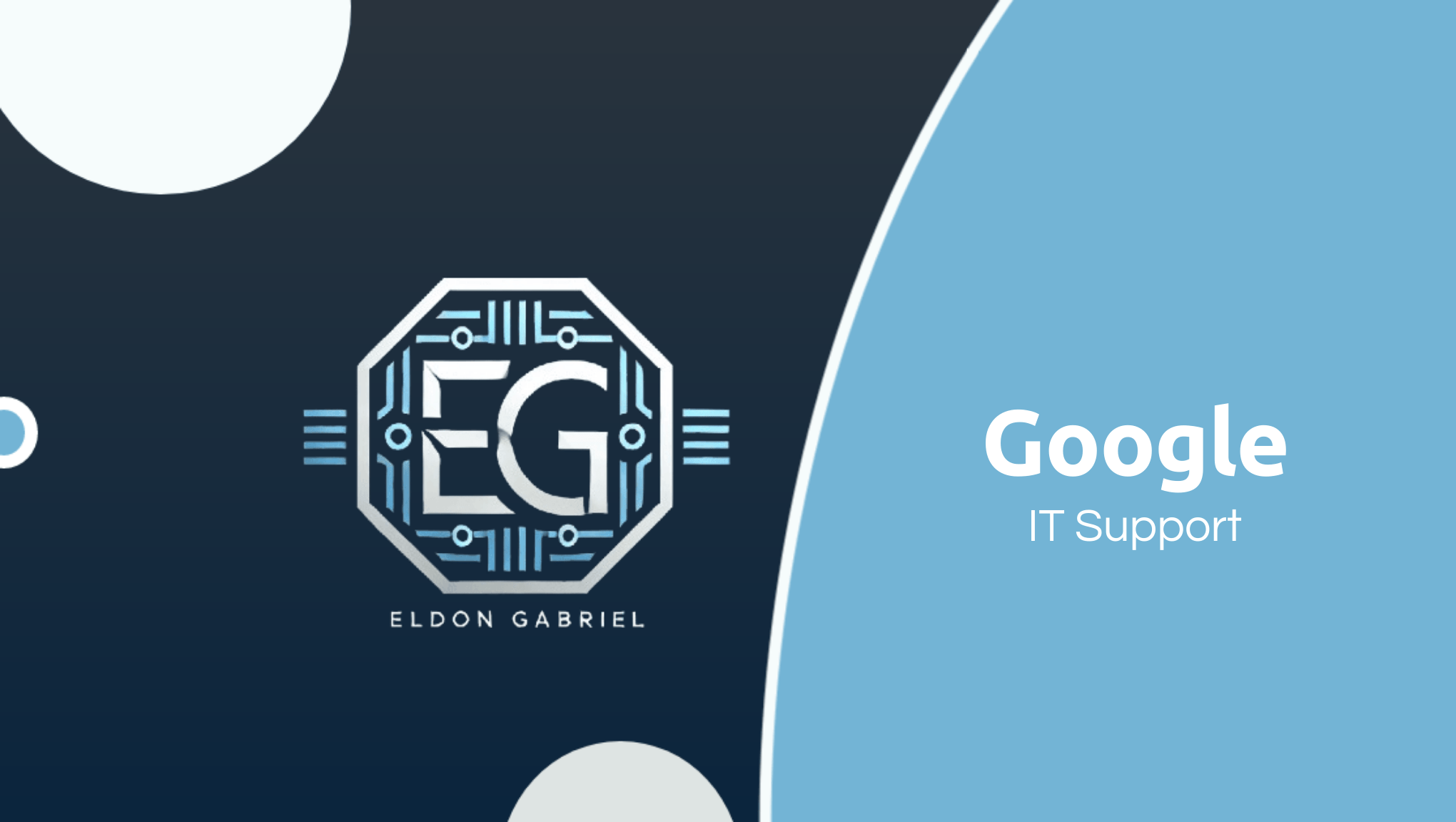
INFOSEC Cybersecurity Risk Management Framework
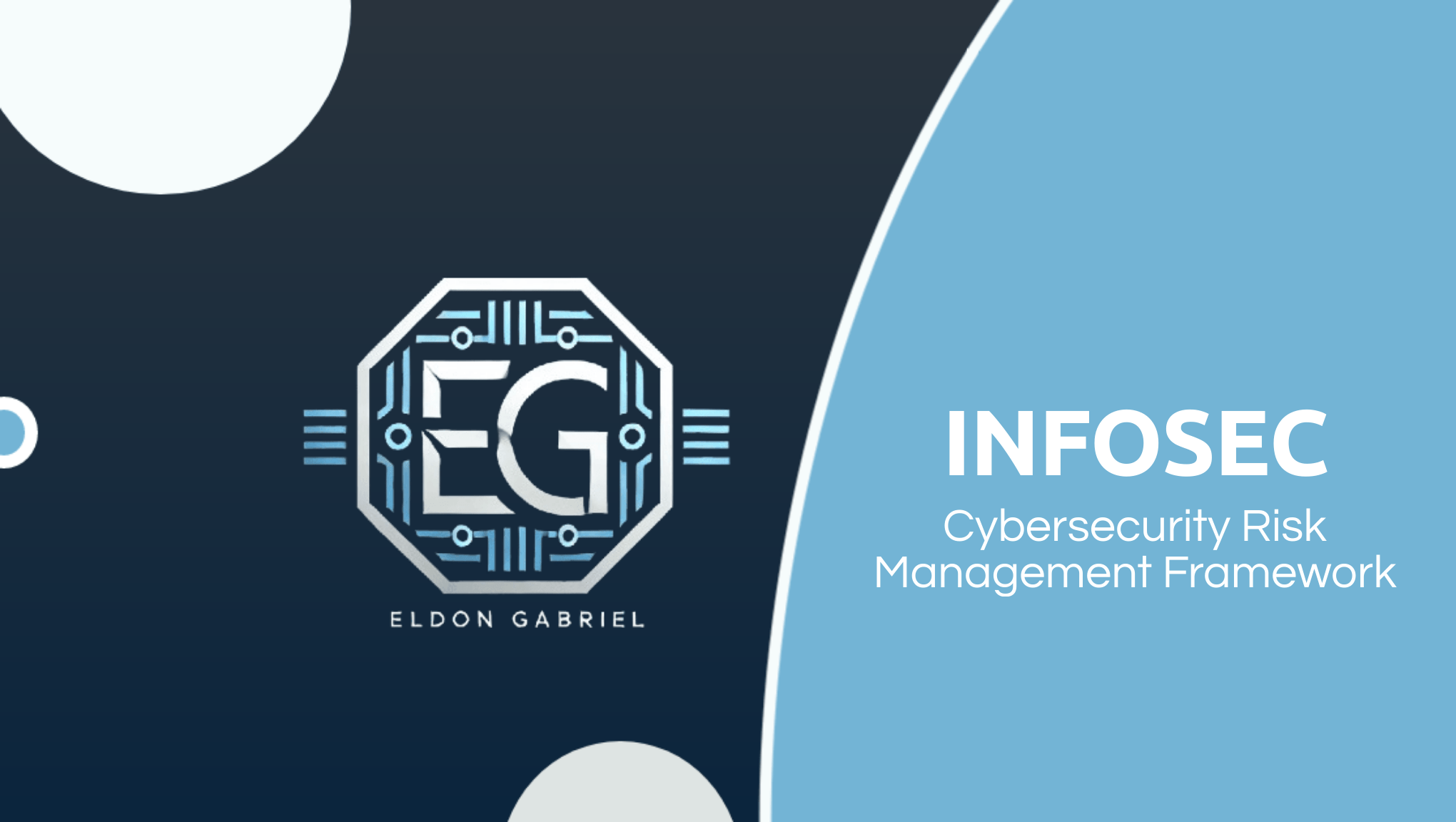
ISC² Certified in Cybersecurity (CC)
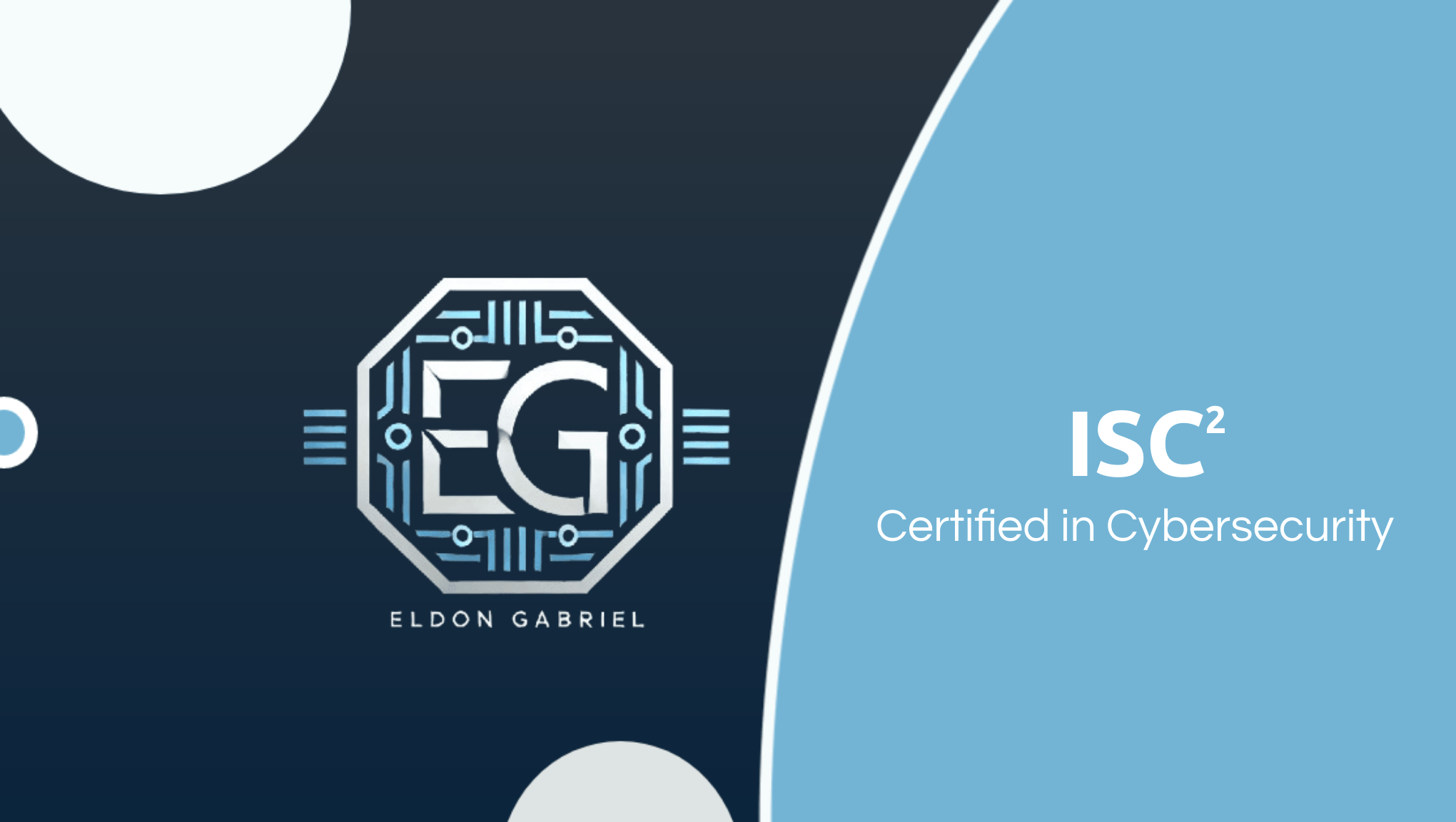
MICS Introduction to Cyber Security
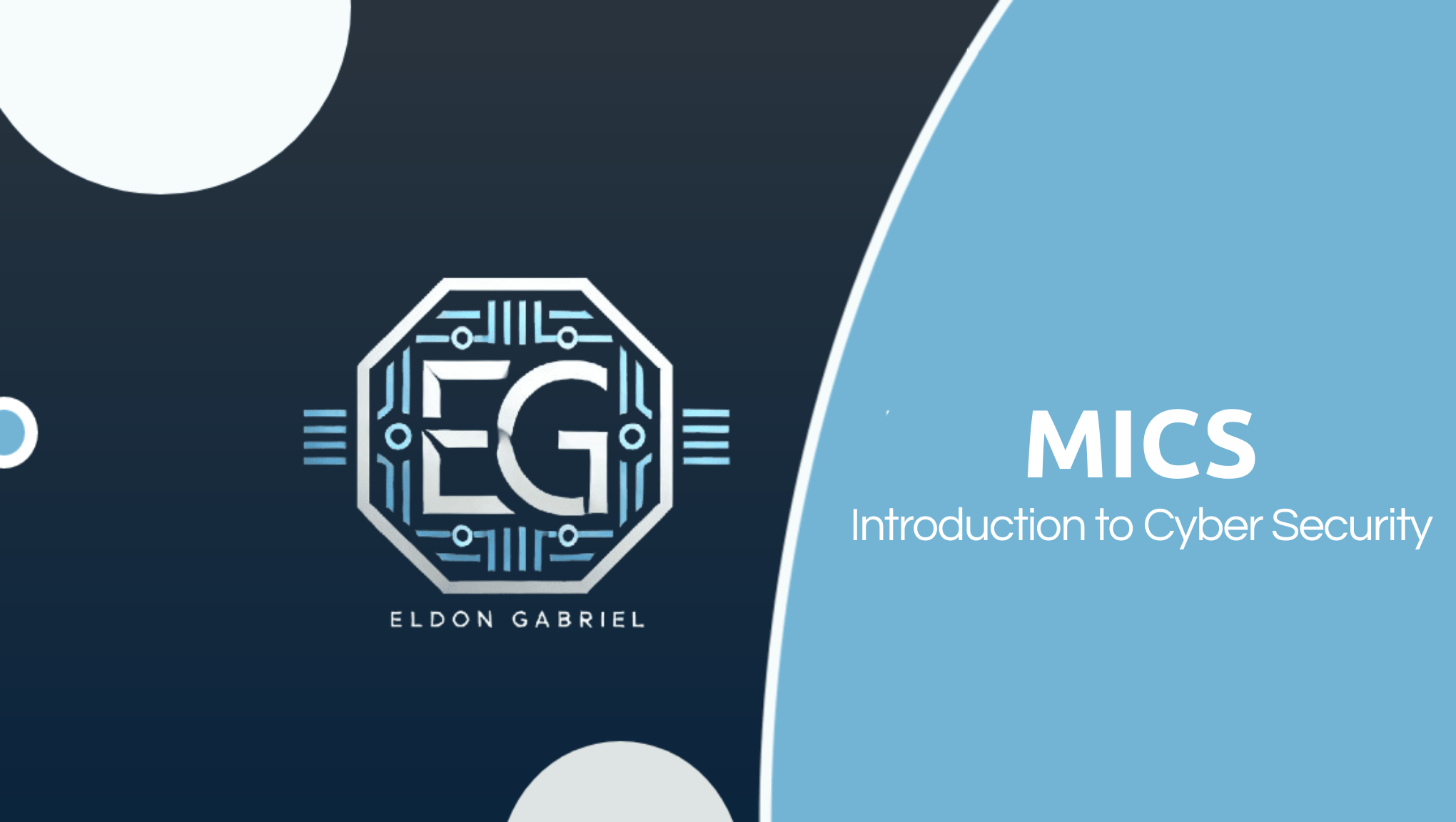
MOIS Certified OSINT Expert
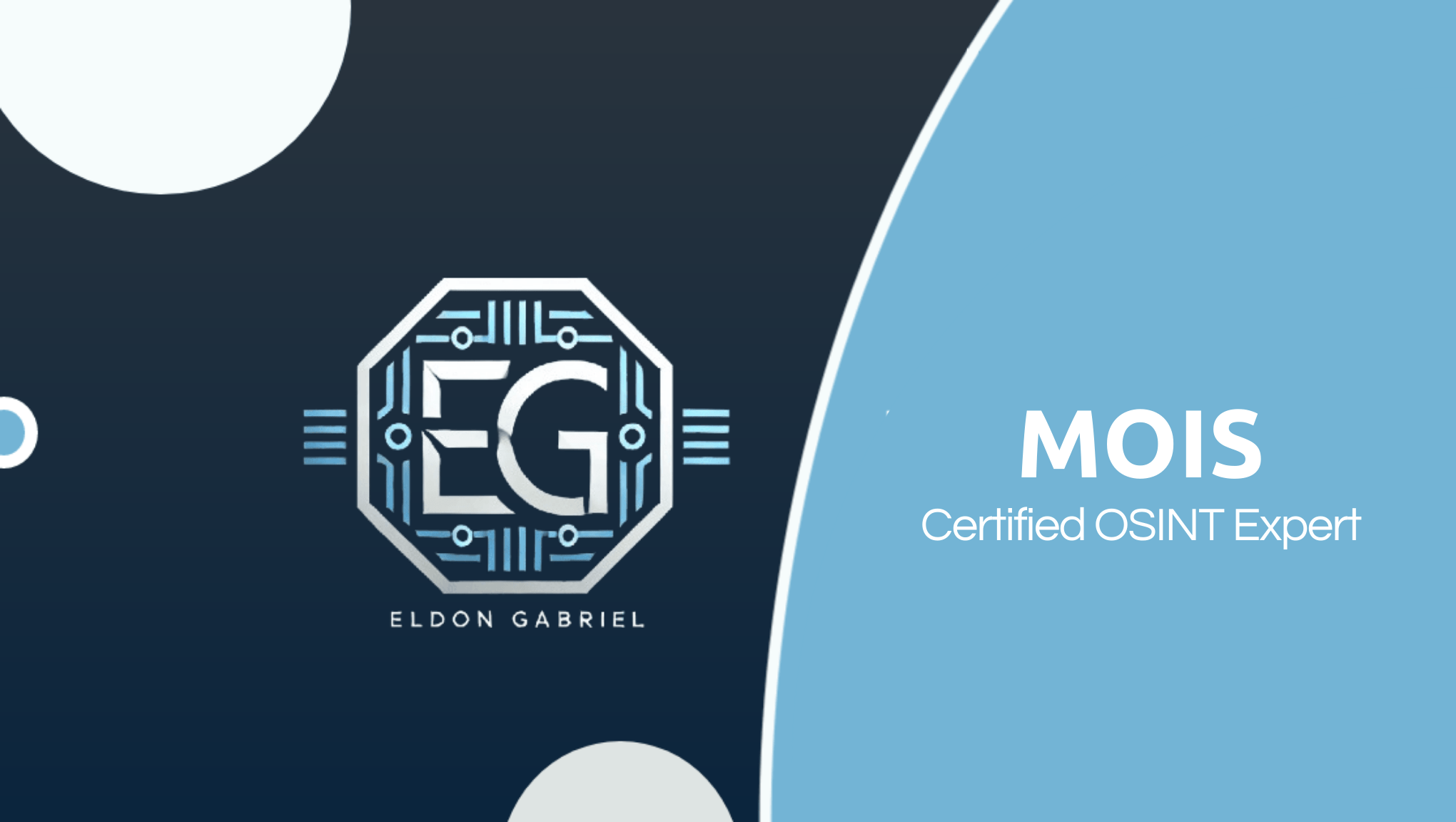
MSAF System Administration Fundamentals
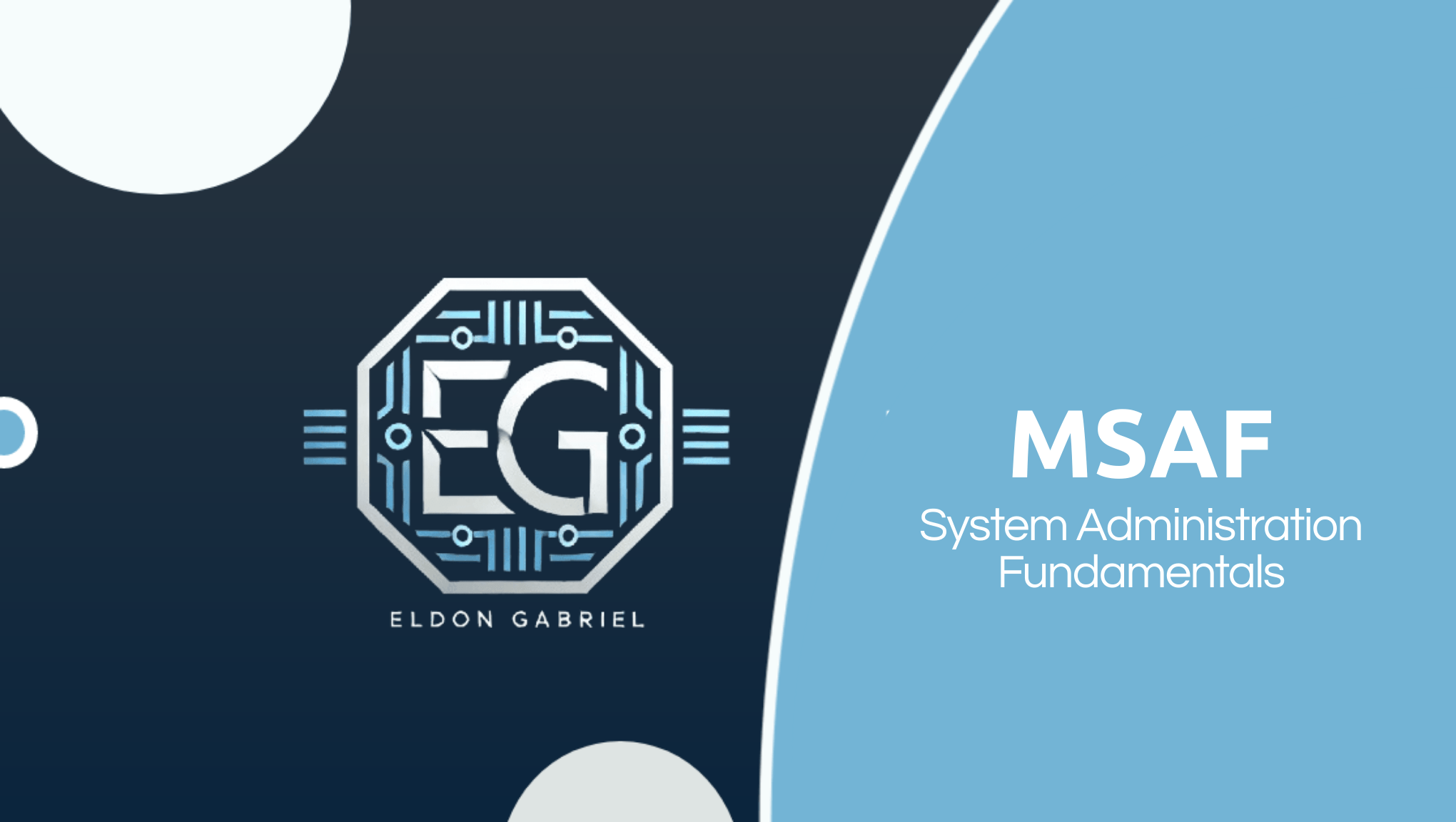
Additional Certifications
